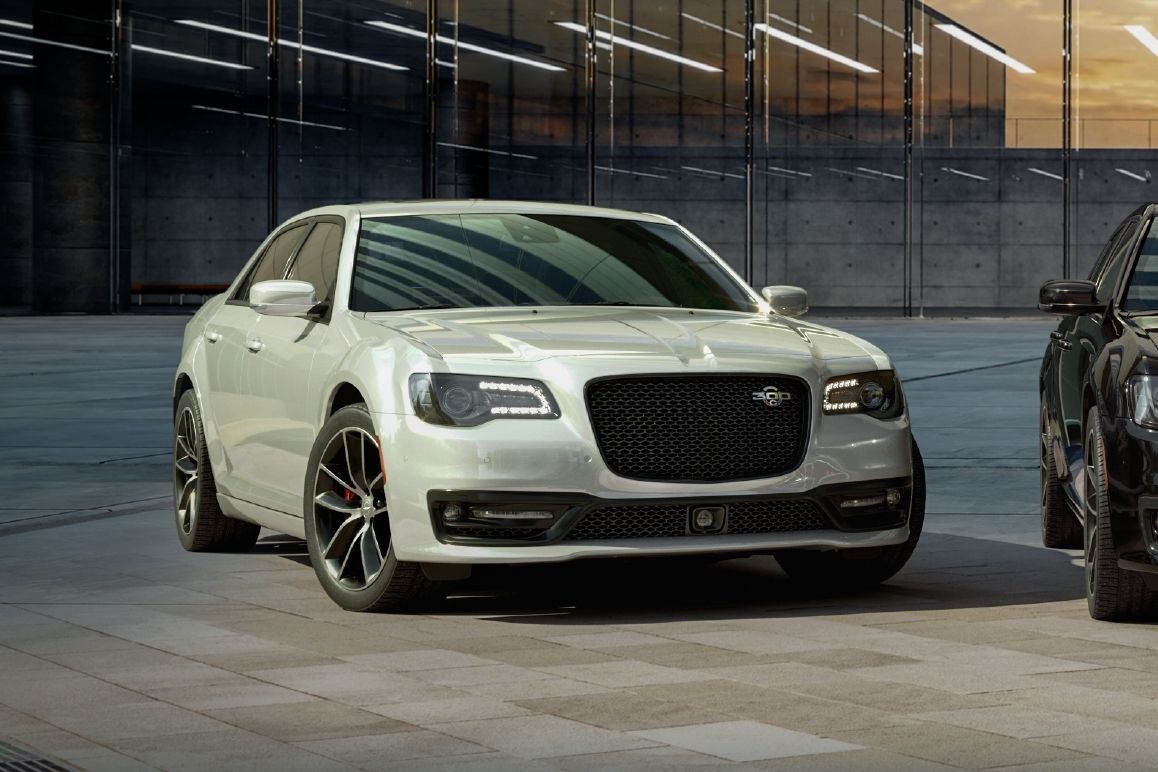
Lamborghini has had numerous owners over the years, some of which have treated the marque better than others. Chrysler was one of them, and according to this latest insider story, it quite nearly ran afoul of what could have been one of the worst badge-engineering mishaps ever made.
The ever-outspoken and extensively experienced Bob Lutz recalls to Road & Track the events surrounding Chrysler's acquisition of the Raging Bull marque in 1987. Lutz had just left his job as executive vice president at Ford to join Chrysler when his new boss Lee Iacocca announced they had bought Lamborghini. And Iacocca was keen to capitalize on the acquisition.
His suggestion was to turn Lamborghini into a top-level trim for the Chrysler brand, much as Ford had done with Ghia a decade prior. Iacocca's underlings were rightly cautious, so Lutz and chief designer Tom Gale concocted a concept that they hoped would not only fail, but dissuade the boss from the idea altogether.
Gale and his team took a long-wheelbase, Y-body Chrysler Imperial sedan, stripped it of its vinyl roof, lowered the suspension, mounted Lamborghini rolling stock, repainted the bodywork in Italian racing red, upholstered the interior in cream leather, and covered it with Raging Bull emblems. The finished product, we'd imagine, probably looked no less hideous than our rudimentary rendering above.
Thankfully Iacocca, upon viewing the ill-wrought Chrysler Imperial Lamborghini Edition concept, realized the folly of his idea, and dropped it. But had it actually been approved for production, it wouldn't have been entirely out of the ordinary for Chrysler.
Only shortly after, Chrysler started producing the TC by Maserati – a two-door convertible based on essentially the same K-car platform. It's also done Ferrari and Maserati editions of the Fiat 500 (following its merger with the Italian auto group). Lamborghini, for its part, didn't seriously entertain the idea of producing a sedan for another two decades when it revealed the Estoque concept at the 2008 Paris Motor Show.
Though the Urus crossover ultimately won out over the Estoque sedan under the patronage of another parent company (this time Volkswagen), it was a much better executed idea than the souped-up Imperial, which likely would have kept the stock V6. But the seven-year relationship between Chrysler and Lamborghini did yield other fruit – namely the Bolognese marque's ill-fated foray into Formula One as an engine supplier (which yielded but a single podium finish), and the V10 engine program that ultimately motivated both the Dodge Viper and the Lamborghini Gallardo, not to mention today's Huracan and a smattering of Audis to derive their propulsion from the same powertrain architecture.
